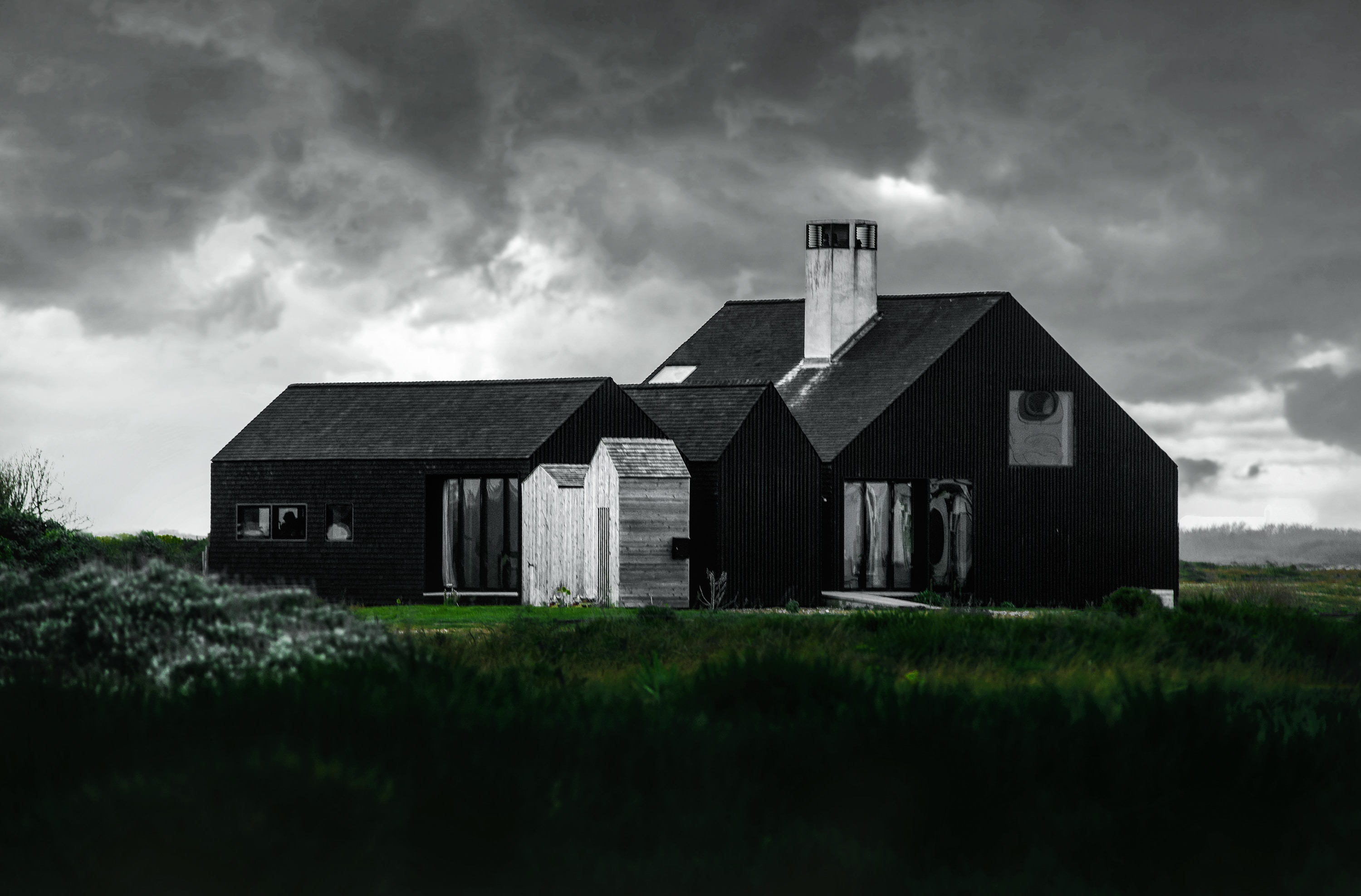
Storm headed your way? A storm's wrath can leave a lasting impact on your home, with your roof often bearing the brunt of the damage. Understanding the different types of roof storm damage is essential for homeowners to assess and address issues immediately.
RoofCrafters has assessed damaged roofing systems for almost thirty years, and we've experienced the wrath of countless nasty storms. The truth is, when harsh weather rolls your way, sometimes even a stable and sturdy roof can be affected. No matter where you live, storms present themselves even when you least expect it.
From wind and hail to falling debris and water infiltration, this article will provide an in-depth exploration of various roof storm damage scenarios. By recognizing the signs and knowing how to respond, you can safeguard your home and make smart decisions during the aftermath of a storm. Let's dive right in!
What's the Damage?
So, what should you expect to really pack a punch when it comes to roof damage? You're more likely to be affected during a severe thunderstorm than light rain, but there are other types of weather to also be mindful of.
Gone with the Wind
WWind DamageHigh winds are a primary cause of roof storm damage. The force of the wind can lift and remove shingles, compromise flashing, and even dislodge fasteners, leaving your roof vulnerable. Signs of wind damage include missing or loose shingles, exposed nails, and curling edges.
.jpg?width=307&height=200&name=alexander-andrews-R3h60Z0yQQE-unsplash%20(1).jpg)
Take Action: If you suspect wind damage, visually inspect your roof from the ground. If shingles are missing or displaced, consider professional assistance to evaluate the extent of the damage and make necessary repairs.
Hail Damage
Hailstones can inflict significant harm on roofing materials, creating dents, cracks, and fractures. The severity of hail damage depends on the size and density of the hailstones. Indicators of hail damage include dented or bruised shingles, exposed substrate, and granule loss.

Take Action: After a hailstorm, check your roof for signs of damage. Document the damage with photographs and consult a roofing professional to assess the extent of the impact and recommend repairs or replacement.
The Sky is Falling
Falling DebrisDuring storms, trees, branches, and other debris can fall onto your roof, causing punctures, tears, or structural damage. Falling debris can lead to immediate or delayed issues, including leaks and compromised structural integrity.

Take Action: After the storm, carefully inspect your roof for visible signs of debris impact. Ensure that there are no punctures, holes, or indentations that could lead to water infiltration. If damage is evident, consult a professional to assess the situation.
Water Infiltration
Water InfiltrationPersistent rain and storms can result in water infiltration, leading to leaks and moisture-related issues within your home. Roof leaks can cause damage to insulation, ceilings, walls, and even electrical systems.

Take Action: If you notice water stains or damp spots on your ceilings or walls, it's a clear sign of a roof leak. Address the leak as soon as possible to prevent further damage. Seek professional help to locate the source of the leak and make necessary repairs.
Ice Dams
Ice DamsIn regions with cold climates, ice dams can form along the edges of roofs. These dams prevent proper drainage, causing melted snow to accumulate and seep under shingles. Over time, ice dams can lead to water damage and rot.

Take Action: Safely remove snow from your roof to prevent ice dam formation. Ensure that your attic is well-insulated and ventilated to maintain consistent temperatures and prevent snow melting and refreezing.
Flashing Damage
Flashing DamageFlashing, which seals gaps and joints in the roof system, can become compromised during storms. Wind, debris, and other factors can loosen or damage flashing, leading to water infiltration and leaks.

Take Action: Inspect the flashing around roof penetrations, such as chimneys, vents, and skylights, for signs of damage. If the flashing is dislodged or damaged, contact a professional roofer to repair or replace it promptly.
As you can see, storm damage cuts deep and often doesn't show mercy (though we wish it did.) It's absolutely essential to get any damage made to your roof from harsh weather assessed as quickly as possible. Allowing your home to continue being harmed by exposure to the elements means your roof will have less of a chance of surviving, meaning more money out of your pocket.
Is Your Roof Vulnerable to Storm Damage?
When it comes to roof storm damage, swift action is crucial. Recognizing the various types of damage and their telltale signs empowers homeowners to respond effectively and prevent further harm to their homes. If you suspect any type of roof storm damage, it's essential to consult a qualified roofing professional. They can perform a thorough inspection, assess the extent of the damage, and recommend appropriate repairs or replacements.
That being said, it's crucial to reach out to a qualified roofer if you think your roof is storm-damaged. Not all roofers know what they're doing or have your best interest at heart. When in doubt, do your research! If you live in one of our service areas, help is just a phone call away. When you're ready, visit our contact page to connect with one of our friendly representatives.
My name is Kevin Mills, and I am the lead estimator for RoofCrafters’ Tampa division. I’m originally from Michigan, and I enjoy hunting, fishing, and spending any free time outdoors. What I’m most passionate about, though, is helping business owners and homeowners alike achieve their roofing goals, all while providing a seamless customer journey.




